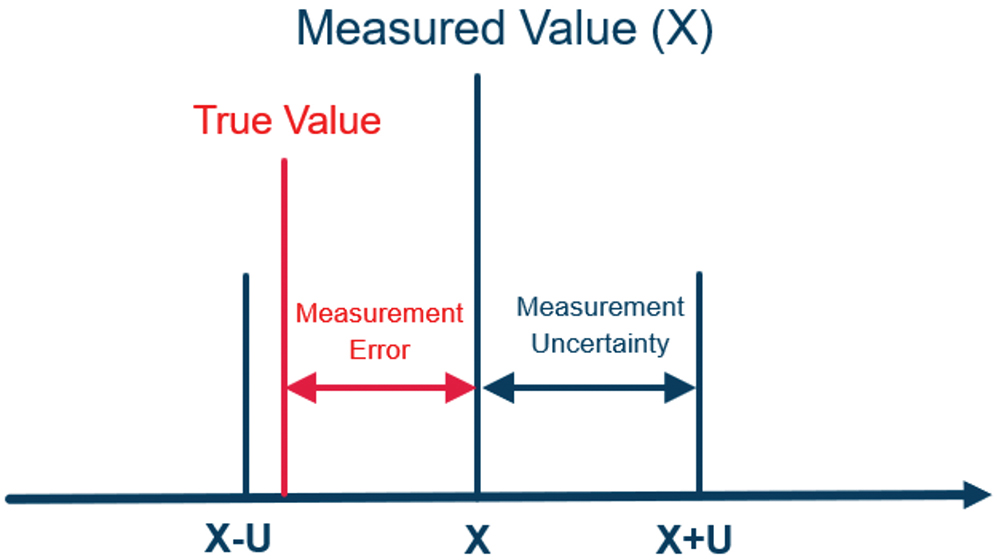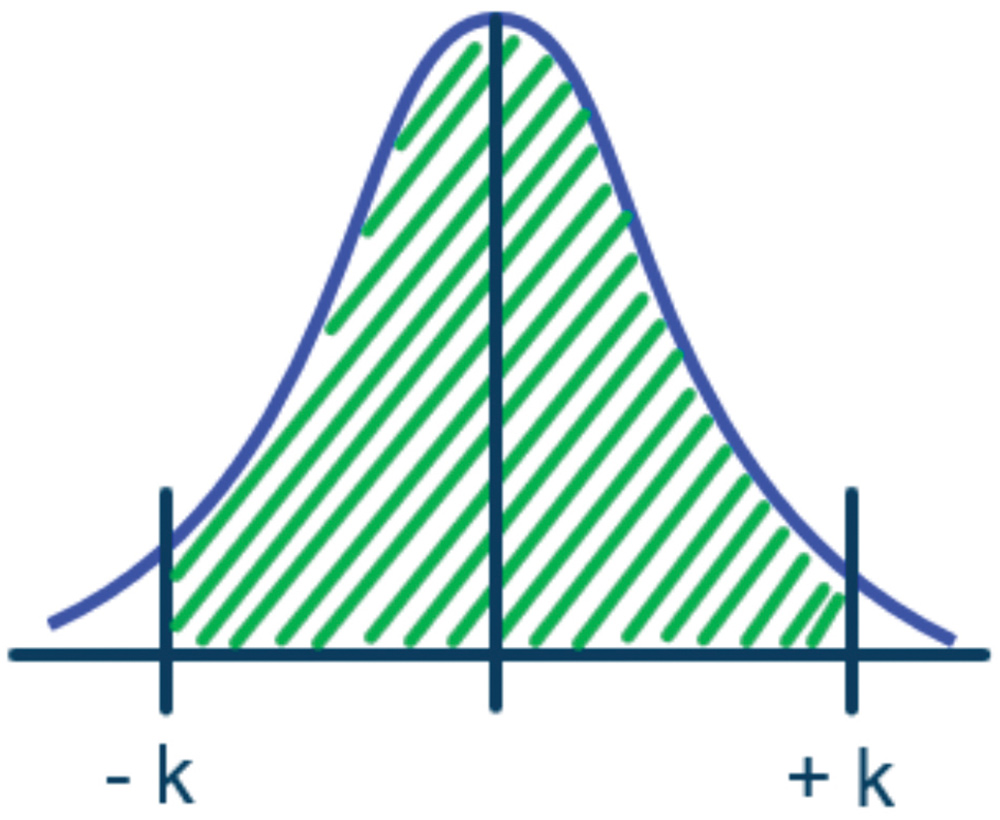Chambers
The Sources of Uncertainty in Radiated Emissions Tests
By Don MacArthur
Radiated emissions tests are crucial for ensuring that electronic devices comply with electromagnetic compatibility (EMC) standards. However, several sources of uncertainty can affect the accuracy and reliability of these tests. These sources of uncertainty are described briefly in this article.
Measurement Equipment
Variations in the performance of antennas, receivers, and other test equipment can introduce uncertainty. Calibration and maintenance of these instruments are essential to minimize this uncertainty.
Test Environment
The physical environment where the test is conducted, such as an anechoic chamber or open area test site, can impact results. Factors like reflections from nearby objects, ambient electromagnetic noise, and temperature fluctuations contribute to uncertainty.
Test Setup
The positioning and orientation of the device under test (DUT) and the test equipment can affect measurements. Consistency in setup is crucial to reduce variability.

Operator Skill
The experience and skill of the test operator can influence the outcome. Proper training and adherence to standardized procedures help mitigate this source of uncertainty.
Device Variability
Differences in the equipment under test (EUT or DUT) itself, such as manufacturing tolerances and component variations, can lead to inconsistent emissions.
External Interference
Uncontrolled external electromagnetic interference from other devices or sources can affect the test results.
Uncertainty Versus Error
Uncertainty is not the same as error. Uncertainty is the upper limit for expected measurement error (error < uncertainty), as shown in Figure 1.

Figure 1
Measurement Uncertainty Budget
Professional test laboratories document the sources of uncertainty in their radiated emissions test setups in what is called an uncertainty budget. The data is usually input into a spreadsheet or other similar program which not only helps keep things organized but also allows for easy computation of values. The measurement uncertainty budget includes a list of contributors or sources of uncertainty (as described above), measurement system repeatability, the value of uncertainty, the probability distribution (rectangular, normal, triangular, U-shaped, etc.), the divisor associated with the probability distribution, the result of dividing the value by the divisor (μi) – this is called the ”standard uncertainty” and it is uncertainty of an individual measurement result, expressed as a standard deviation, and the result of the division squared (μi^2).
All the μi’s are root-sum-squared to obtain a “combined standard uncertainty” (μc). This is the uncertainty that results from combining all individual uncertainties (μi’s).

An “expanded uncertainty” (U) is then calculated using a coverage factor (k), which is typically set equal to 2. The result of the uncertainty calculation is reported in terms of a confidence interval.
If you’re already familiar with the normal distribution and standard deviations, then the coverage factor (k) is the same as the Z-score. A Z-score of 2 means there is a 95.45% probability that the true value obtained lies within the limits. In the metrology world, since calculating measurement uncertainty is just an estimate anyway, we just round down to 95% when we specify
Here are some other values for k:
- k = 2 results in a 95% (or more precisely 95.45%) confidence interval
- k = 2.6 results in a 99% confidence interval
- k = 3 results in a 99.7 % confidence interval
From personal experience, the two distributions shown in Figure 2 are the most widely used in measurement uncertainty analysis.

Figure 2
Note: Probability density refers to the shape of the distribution or more precisely the change in probability as we move away from the mean value. With a normal distribution, the probability decreases with deviation from the mean, while with the uniform distribution the probability remains constant up to the limit where it sharply falls to zero.
Expanded Uncertainty (U) Visualized
Figure 3 is what the expanded uncertainty (U) looks like with the coverage factor k included:

Figure 3
Expanded uncertainty (U): Often written with ± sign in front so it takes the same form as a tolerance or specification. Use divisor k to yield a quantity expressed as equal to one standard deviation (μc = U / k).
Measurement Uncertainty Notes Section
Some say that the most important part of the uncertainty budget is the notes section. This is where you document your thought process and how you made the decision to include or exclude certain sources of uncertainty. If you’re going through an audit, the assessor will likely ask you about how you developed your uncertainty budget and the notes section is a good way to remind yourself why you decided to do certain things the way that you did.
Measurement Uncertainty Training
Figuring out all the sources of uncertainty and then calculating the total measurement uncertainty for any type of measurement is a complex topic, too deep to fully cover in this brief article. If you’re interested in learning more, the following entities provide some excellent in-depth training:
- Rick Hogan (highly recommended)
https://www.isobudgets.com - HN Metrology Consulting, Inc.
https://www.hn-metrology.com
- A2LA Workplace Training
https://a2lawpt.org/training - QuametecTM Institute of Measurement Technology
https://www.qimtonline.com
See also the references and further reading for more information.
Summary
Understanding and controlling sources of uncertainty is vital for obtaining reliable and repeatable results in radiated emissions testing. Calculating measurement uncertainty is an important skill that most compliance professionals should carefully consider adding to your ‘bag-of-tricks.”
Resources
- Williams, T., EMC for Product Designers, 5th Edition, Newnes, 2017.
- Fluke Corporation, Calibration: Philosophy in Practice.
- Certified Calibration Technician Primer by Quality Council of Indiana.
- Measurement Uncertainty Analysis Fundamentals by James D. Jenkins.
- The Metrology Handbook, 2nd or 3rd Editions.
Share this story: